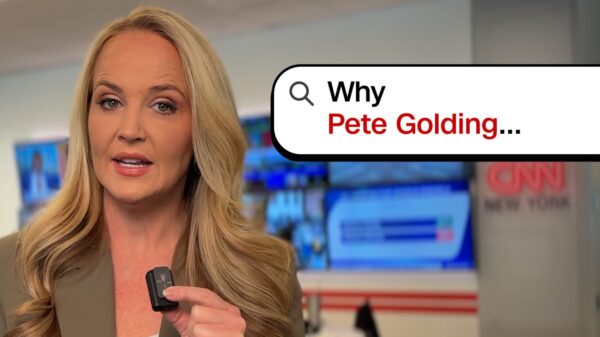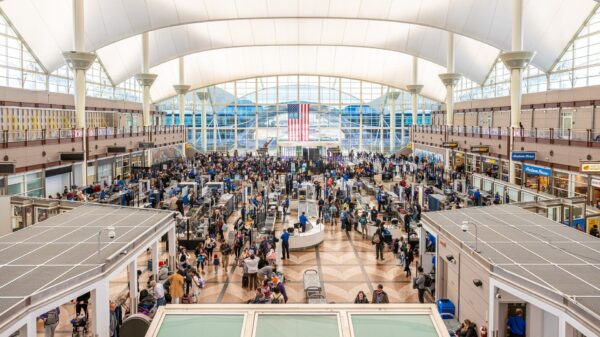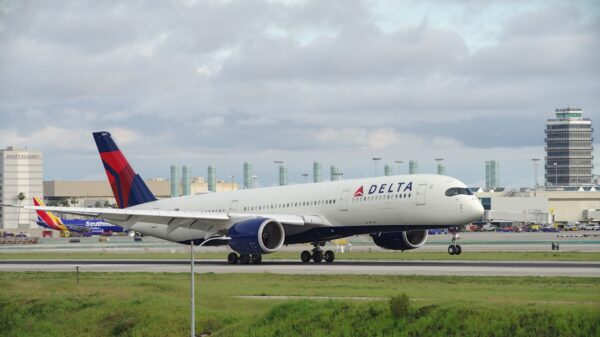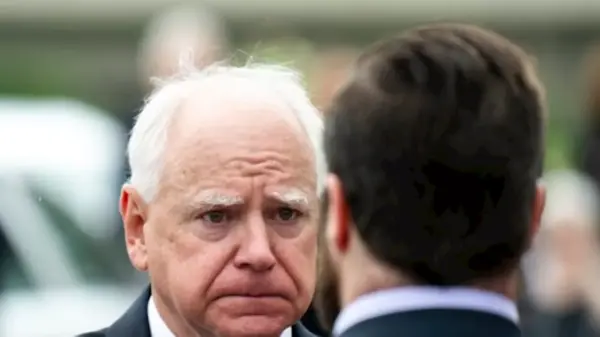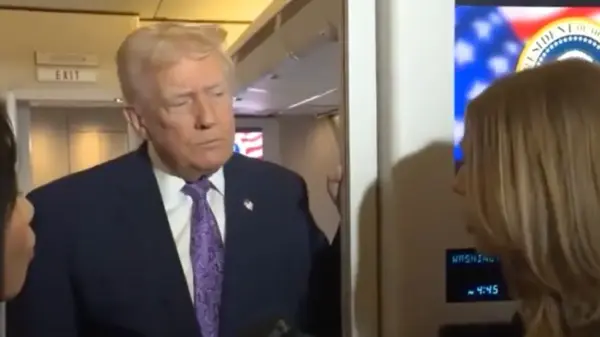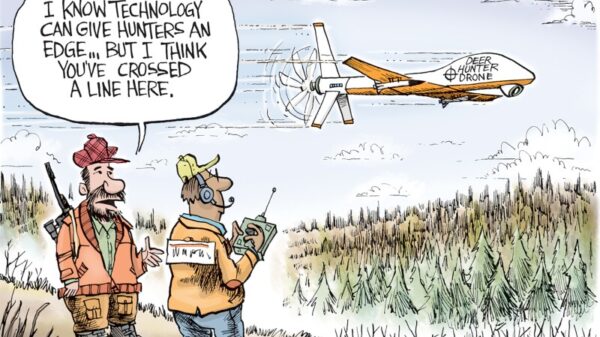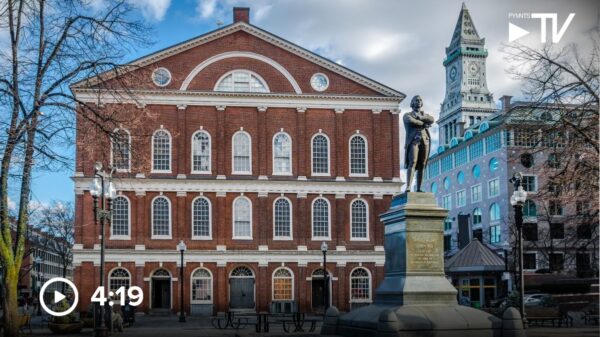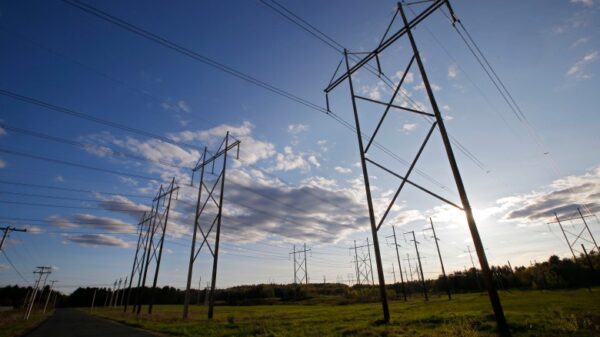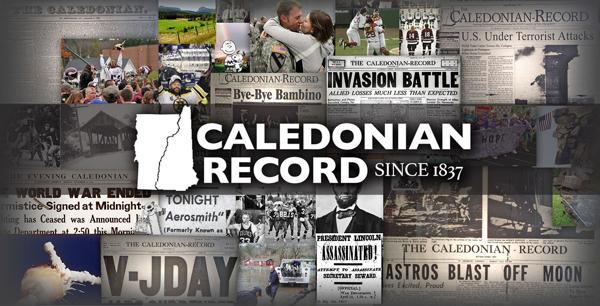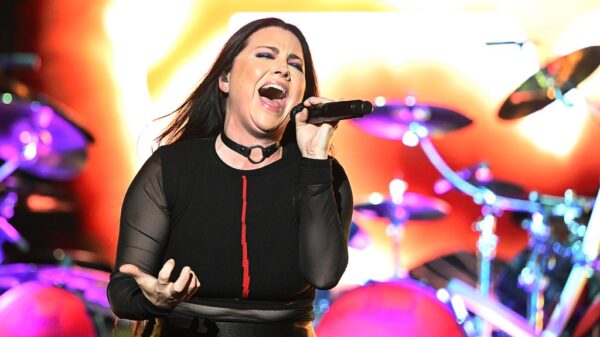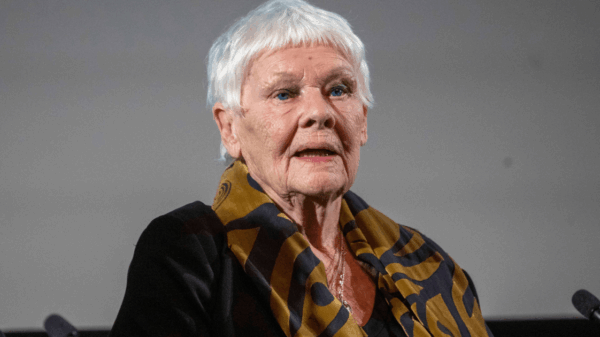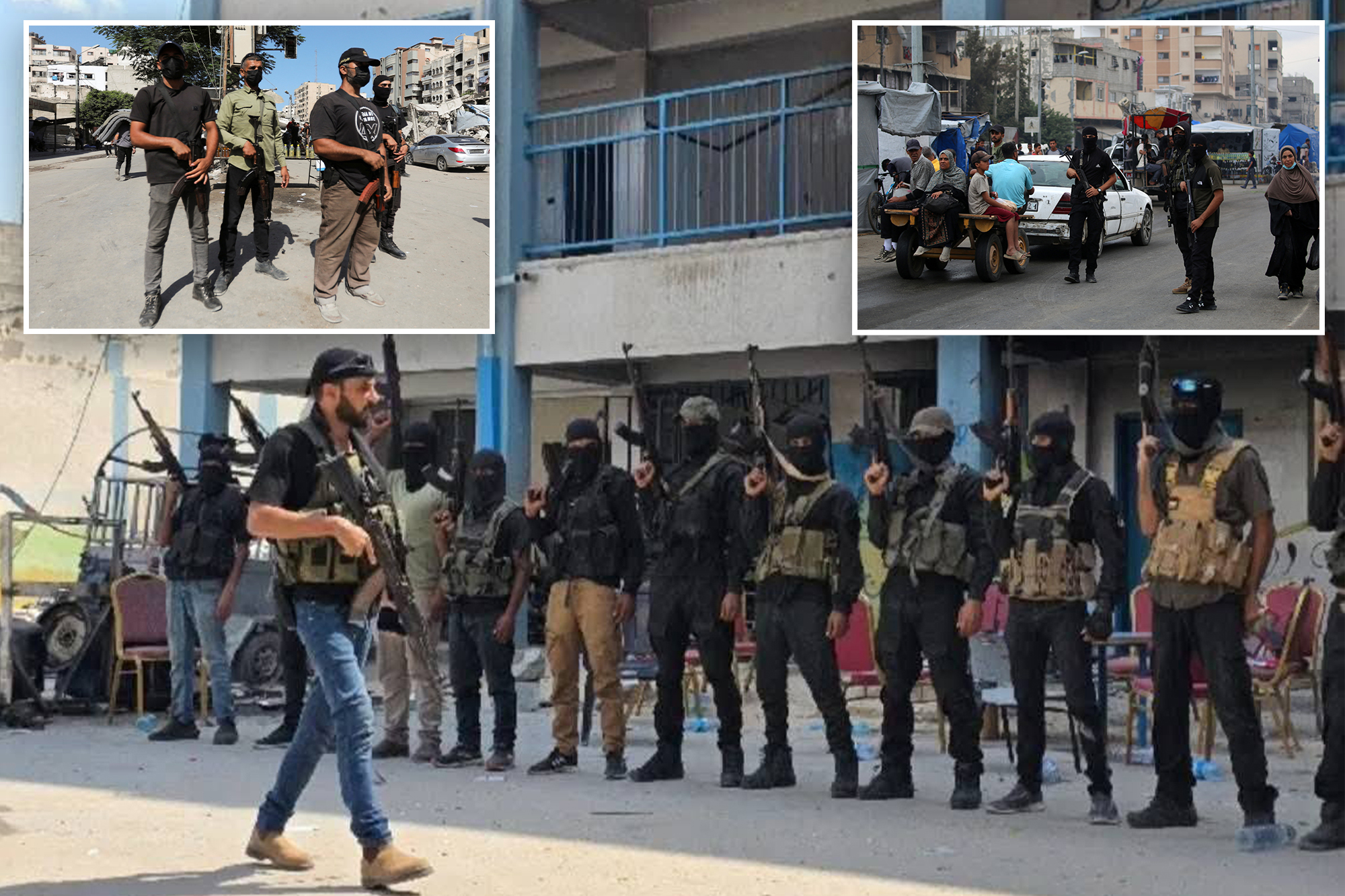After a prolonged conflict in the Gaza Strip, a fragile cease-fire has given rise to a power struggle among armed clans challenging the authority of Hamas. As the group attempts to reassert its control following a peace deal with Israel on March 15, 2024, internal divisions have emerged, leading to violent confrontations with rival factions.
Hamas has reportedly deployed approximately 7,000 fighters to the streets, claiming these forces are essential for restoring order by targeting “outlaws and collaborators.” The situation escalated over the weekend, resulting in deadly clashes that have already claimed lives, including that of Saleh al-Jafarawi, a Palestinian influencer known for his pro-Hamas social media presence. His death highlights the grave risks faced by those caught in the crossfire of this internal conflict.
Key Armed Clans in Gaza
Among the most significant challengers to Hamas are four major clans: the Popular Forces, the Doghmosh clan, the Al-Majayda clan, and the Hellis. Each group has carved out its territory and influence, complicating Hamas’s efforts to regain control.
Yasser Abu Shabab leads the Popular Forces militia, which has reportedly recruited around 400 fighters by offering competitive salaries. Allegations suggest that Shabab’s group has received support from Israel, including weapons intended to bolster anti-Hamas efforts. Despite these claims, Shabab refutes any connection to Israel, labeling such assertions as Hamas propaganda. His militia has extended its influence beyond the southern city of Rafah, where it collaborates with the Israeli military to police certain areas.
The Doghmosh clan, led by Mumtaz Doghmosh, remains a formidable opponent. Doghmosh previously aligned himself with the Islamic State and played a role in Hamas’s operations, notably during the kidnapping of Israeli soldier Gilad Shalit in 2006. Although he has been absent since the outbreak of the latest conflict, his fighters continue to engage in fierce battles with Hamas. Recent encounters in Gaza City have resulted in at least 27 fatalities, underscoring the intense rivalry between the factions.
Shifting Alliances and Tension
The Al-Majayda clan, operating primarily in Khan Younis, has also clashed with Hamas forces. Led by Hussam al-Astal, the clan has faced raids from Hamas, leading to bloody confrontations. Al-Astal has been linked to Israeli support, although he denies these allegations. Recently, he has adopted a more conciliatory tone towards Hamas, expressing support for their efforts to restore law and order in Gaza.
The Hellis clan, under the leadership of Rami Hellis, controls areas in Gaza City’s Shejaia suburb and has historically opposed Hamas since the latter seized control in 2007. The Hellis have aligned themselves with the Fatah Party, which governs the West Bank and has been at odds with Hamas. Their operations, often in areas under Israeli occupation, raise questions about potential outside backing in their struggle against Hamas.
As clashes continue to erupt across the Gaza Strip, the future of Hamas’s governance remains uncertain. The group’s attempts to quell dissent through harsh measures, including public executions aimed at deterring “criminals and collaborators,” could further alienate factions within Gaza.
With each clan vying for dominance, the power dynamics in Gaza are shifting rapidly. The ongoing violence illustrates the complexities of the situation, as the struggle for control of the enclave intensifies amidst a backdrop of humanitarian concerns and political instability.



